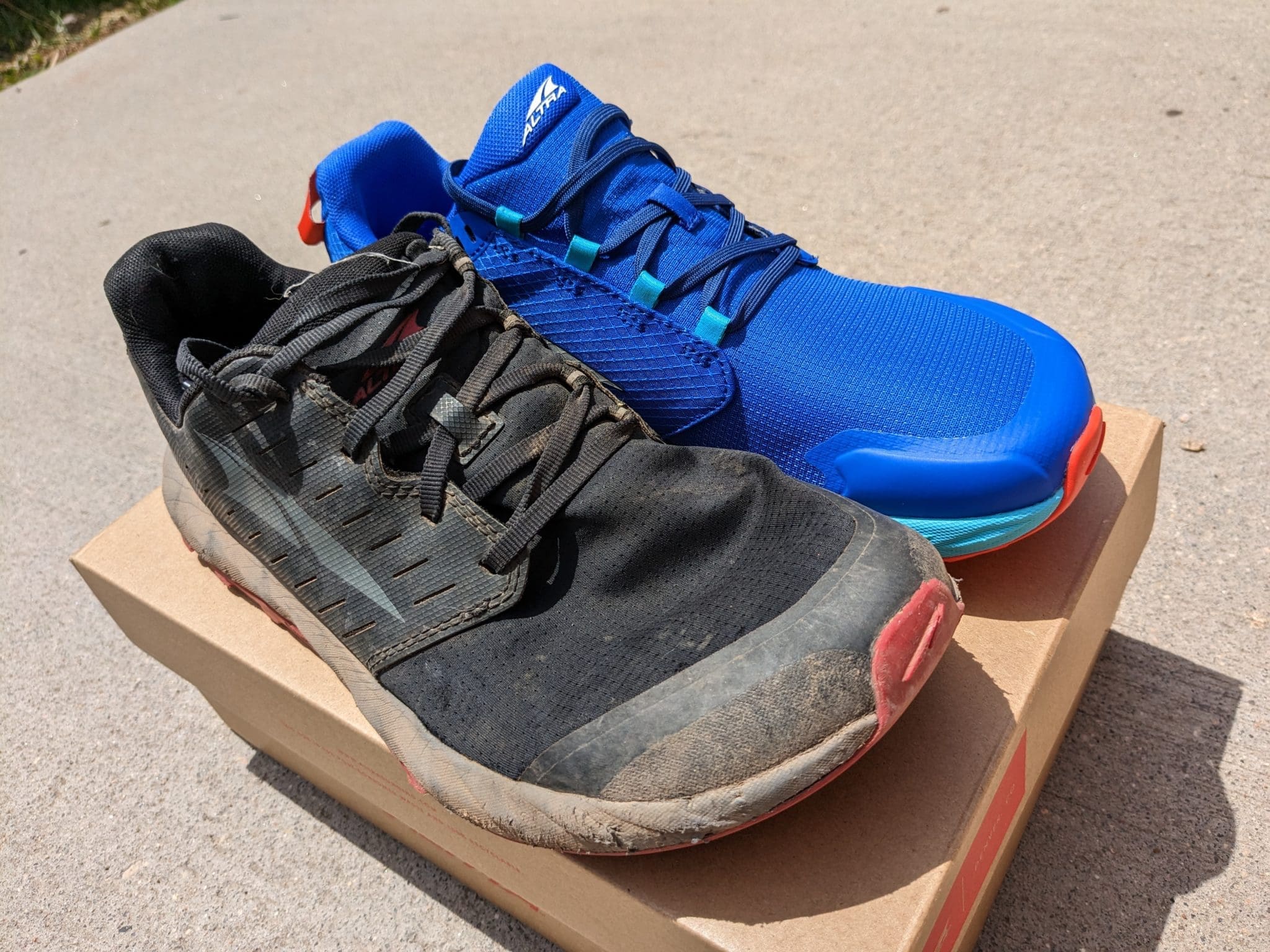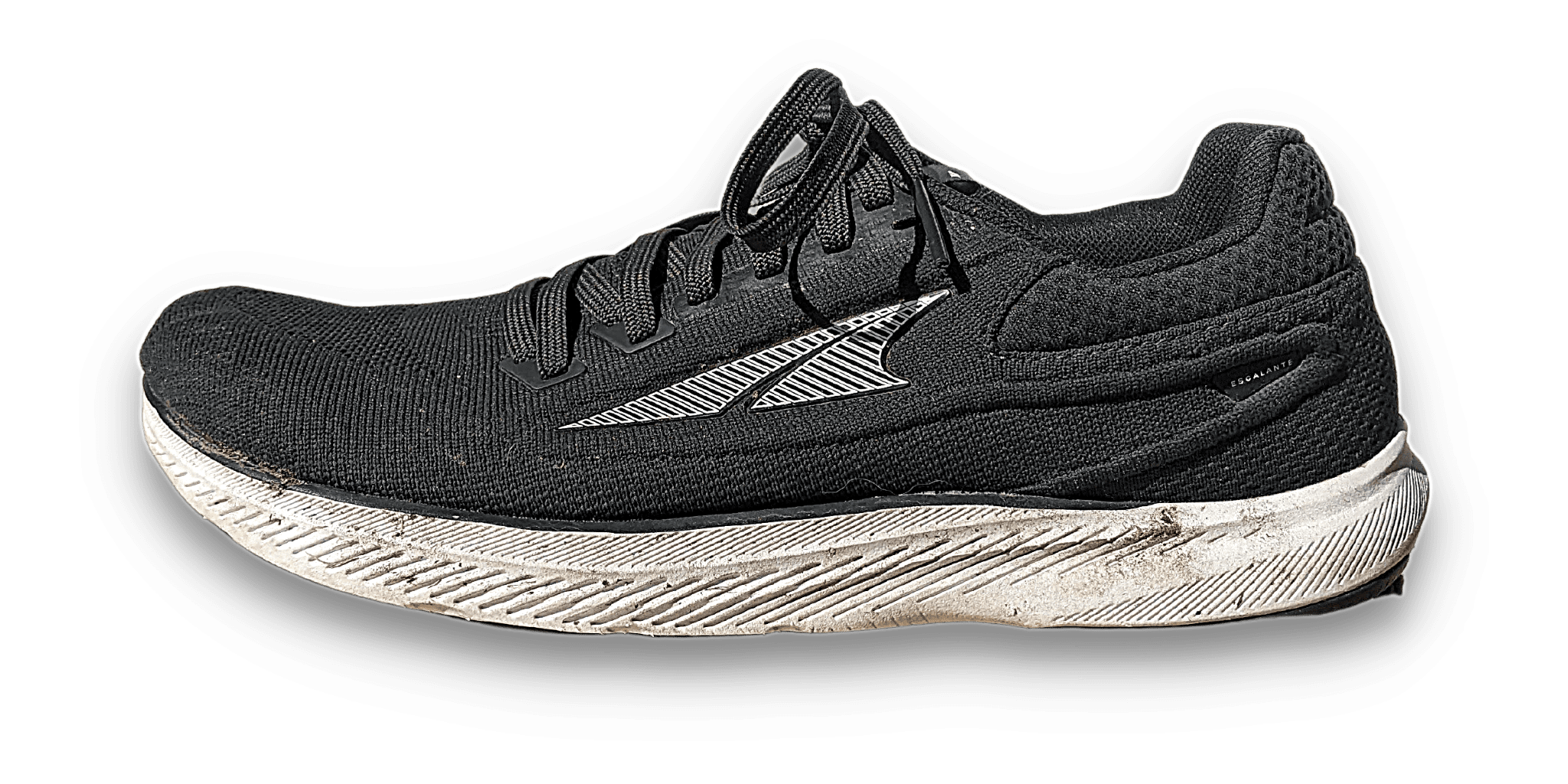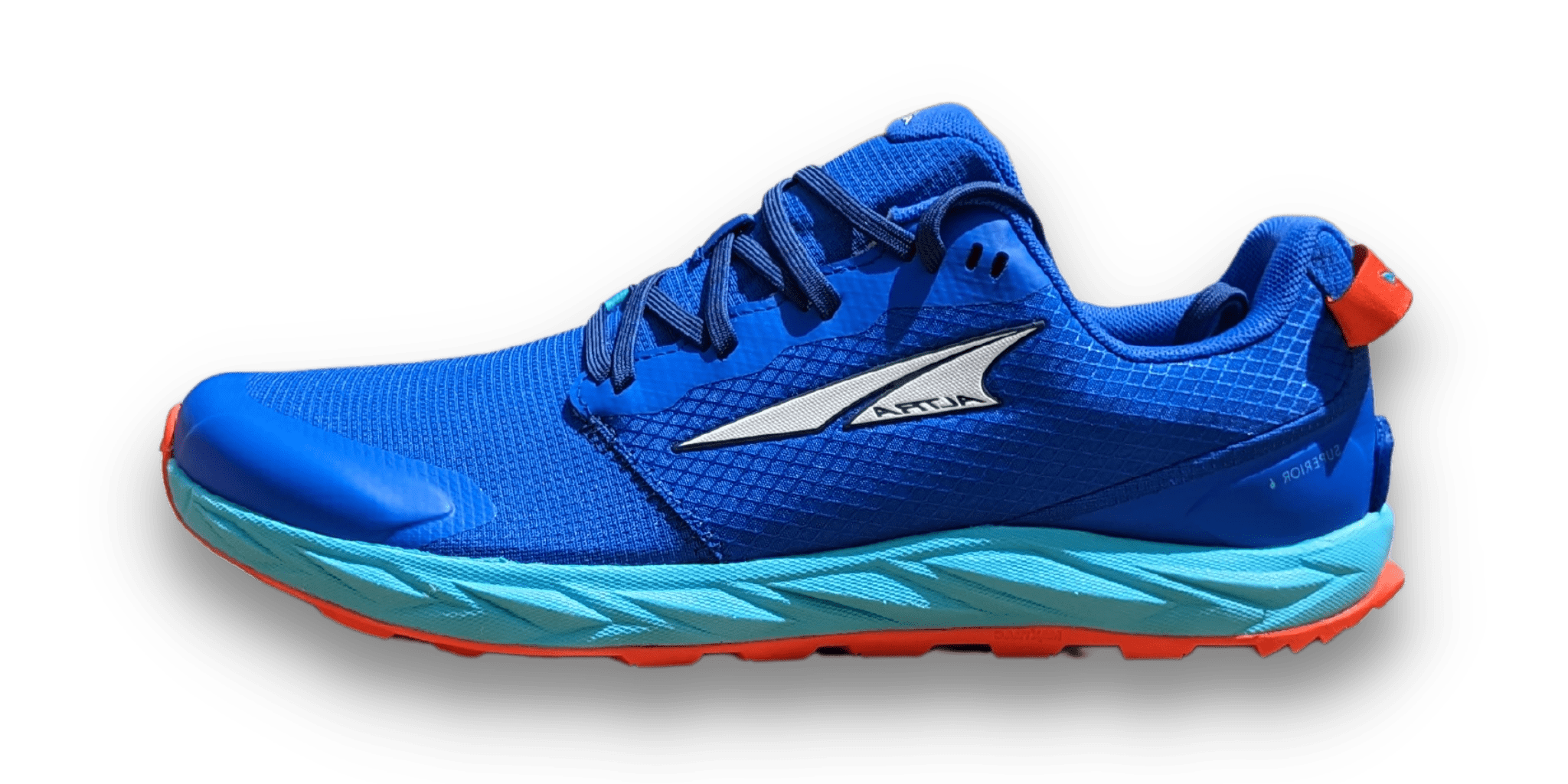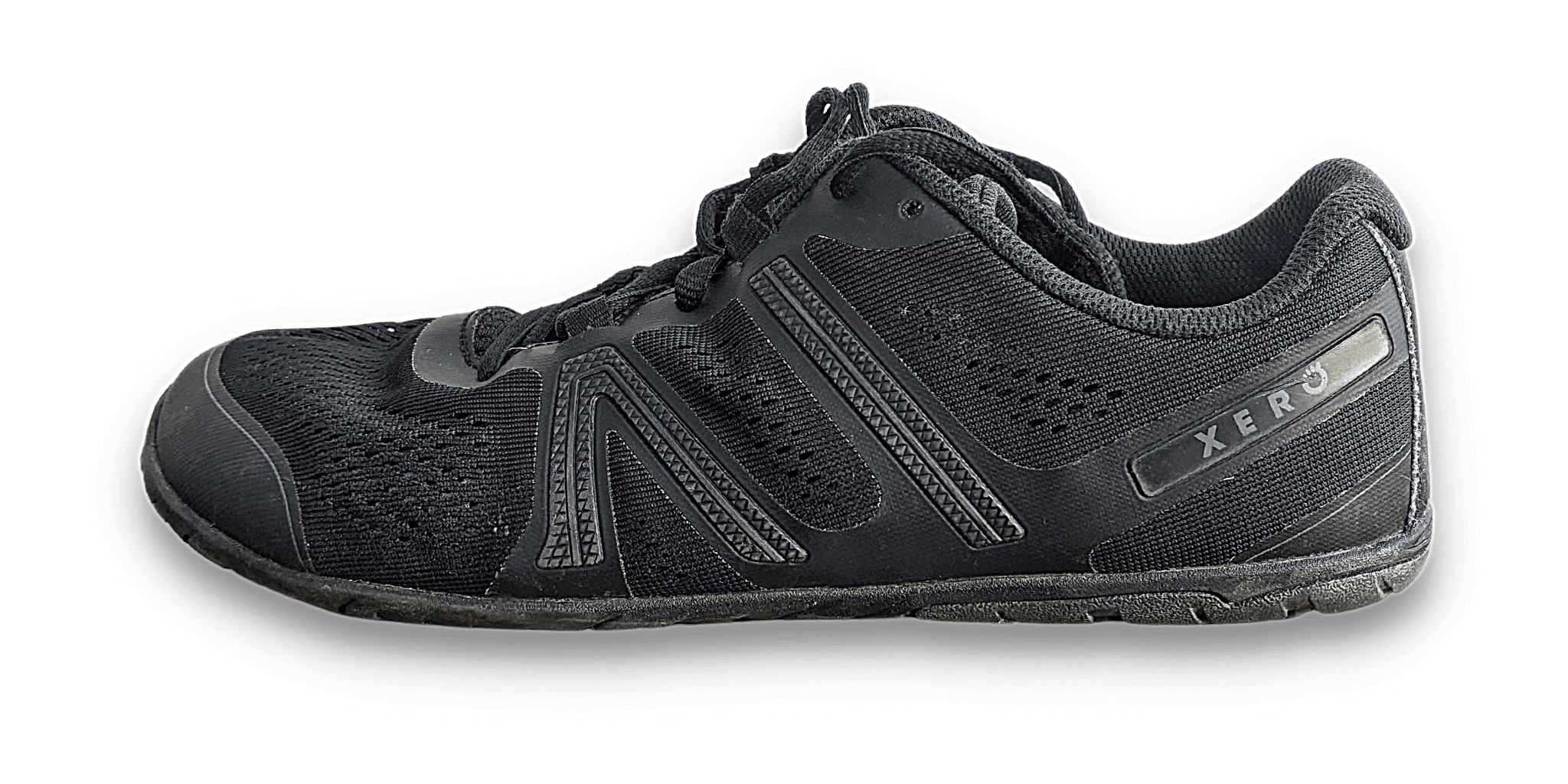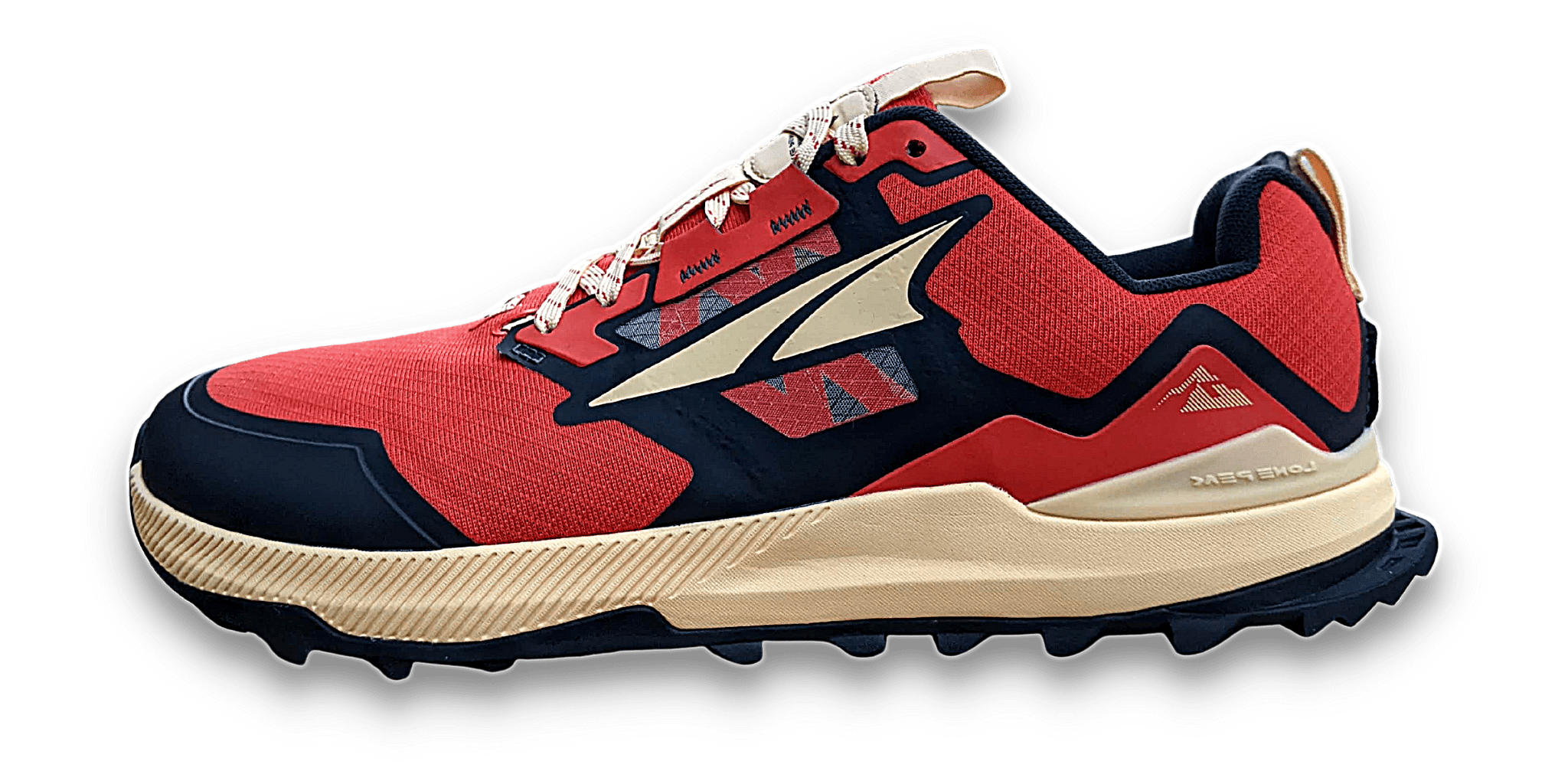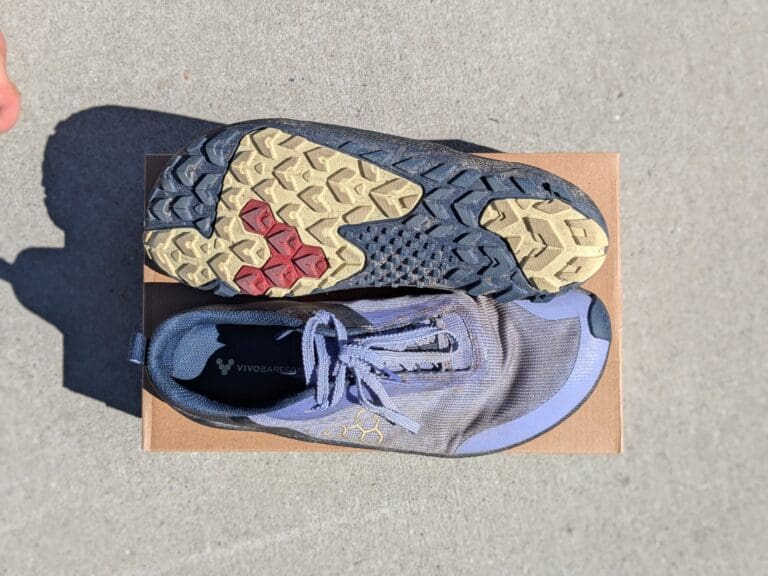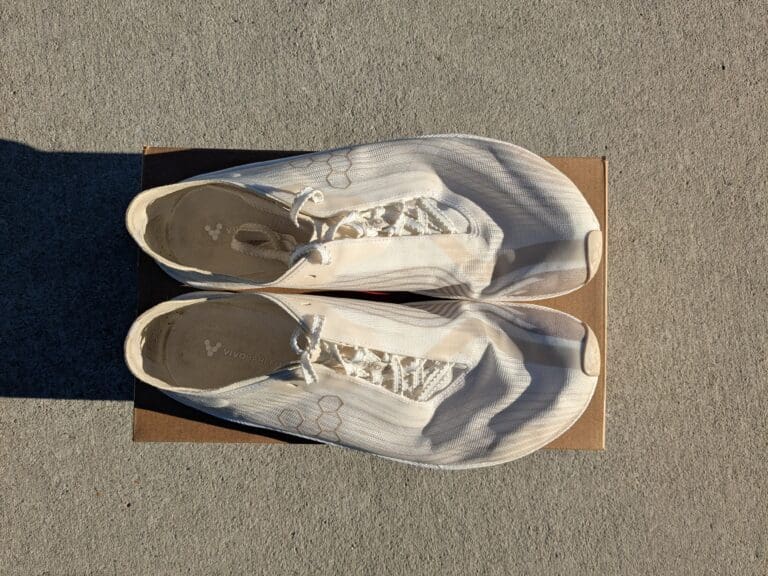At first glance, you might think that Altra and Nike designs are worlds apart, but when you dig deeper, you find many similarities. But the few differences we do find are vast and fundamental to foot strength and longevity in the sport, making the decision between Altra and Nike obvious to me.
In this post, I will break down the key differences between Altra and Nike running shoes and outline why you should avoid Nike shoes in the future, and make a pitch for Altra.
But I’ll also give credit where credit is due. Nike does have their place in the running shoe industry, and I’ll highlight those areas to see if they align with your goals and values.
So if you’ve ever considered switching from Nike to Altra, keep reading, and I’ll help you make that transition today.
Affiliate Disclosure: By clicking through the links on this page and purchasing the products, you’ll be helping me out. This is done because I receive a kickback from the sellers at no extra cost to you! Thank you so much for supporting us!
The fit will be the biggest topic in this Altra vs. Nike post.
During my time selling shoes, numerous customers would come into the shop requesting Nikes despite their feet not suiting the Nike fit.
They had much wider feet, and more importantly, a wider toe splay. That’s where Altra came in.
Altra shoes have the distinctive feature of being designed to fit the natural shape of the human foot. That sounds a bit stupid, doesn’t it? Aren’t all shoes shaped like a human foot? Maybe not.
It’s possible that certain design features of Nike’s shoes meant to improve fit may have caused harm.
Let’s look at a quick example.
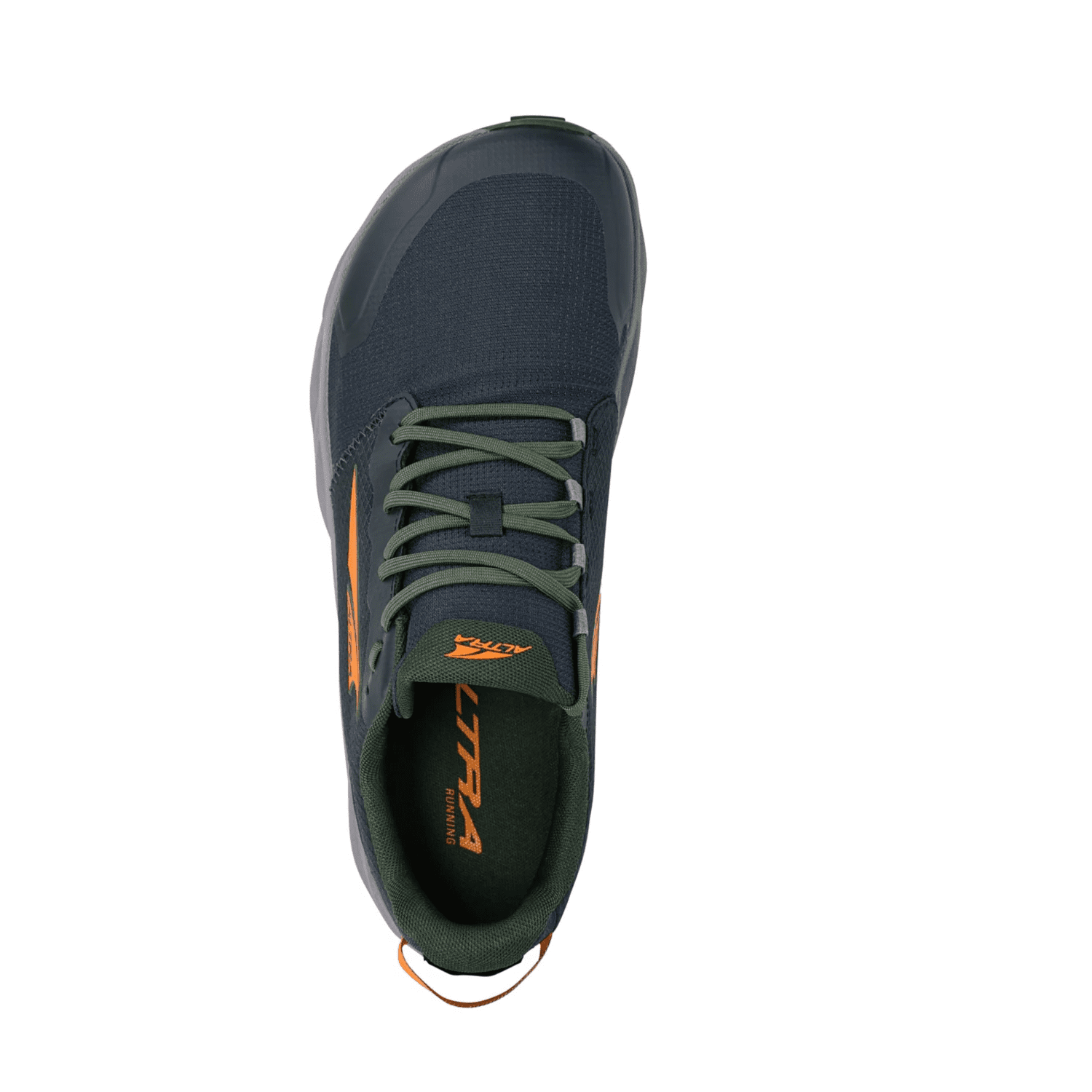
Altra Superior 6

Nike Pegasus 40 Premium
Look at the two images above. You can clearly see the toe boxes of the two shoes are very different.
With the Altra showing some obvious bulk around the big toe and the Nike’s going for an “arrow” kind of shape.
Now I’d like you to look at my foot…..
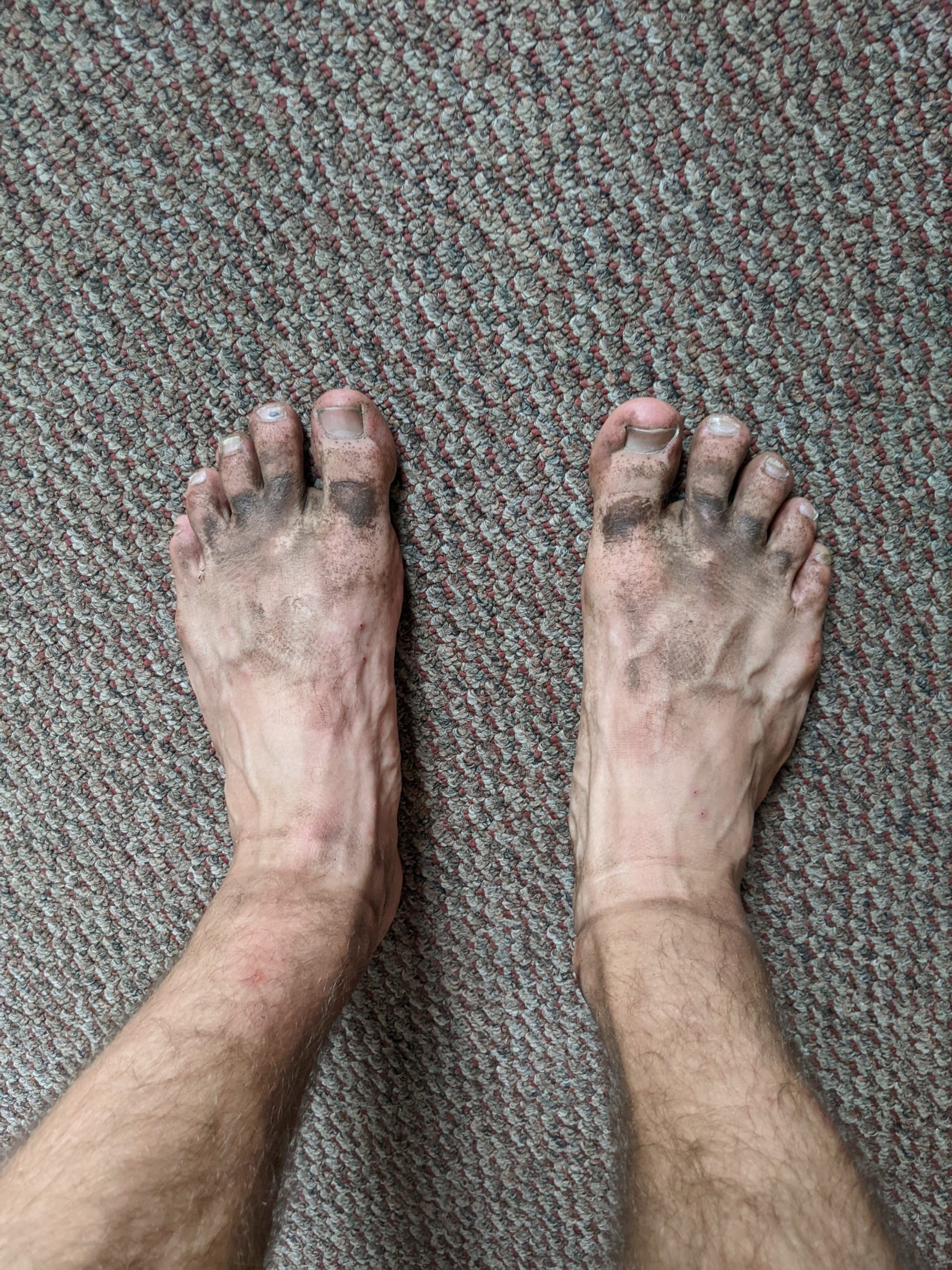
What’s the shape of a foot?
Does it point like an arrow? No…
That’s why Altra’s foot-shaped toebox is their biggest selling point.
Crushing your toes into a narrow shoe disables much of the foot’s natural strength and mobility. Functions that are essential for an optimal running gait.
Which Altra Shoe is for you?
Take a quick 4-question quiz to identify the perfect Altra running shoe for your feet! You'll get both road and trail options based on your answers!
So are all Nike’s arrow-like?
Mostly. There was a time in the past when the Nike Free range was a little wider and allowed for some toe splay. But that’s all but gone now.
In general, Nike shoes tend to be narrow compared to other running shoe brands.
If you need more space, consider brands like Altra, especially if you have a wider toe splay. However, New Balance and Brooks are known to be a good fit for those with a slightly wider midfoot but still lacking in the toe box.
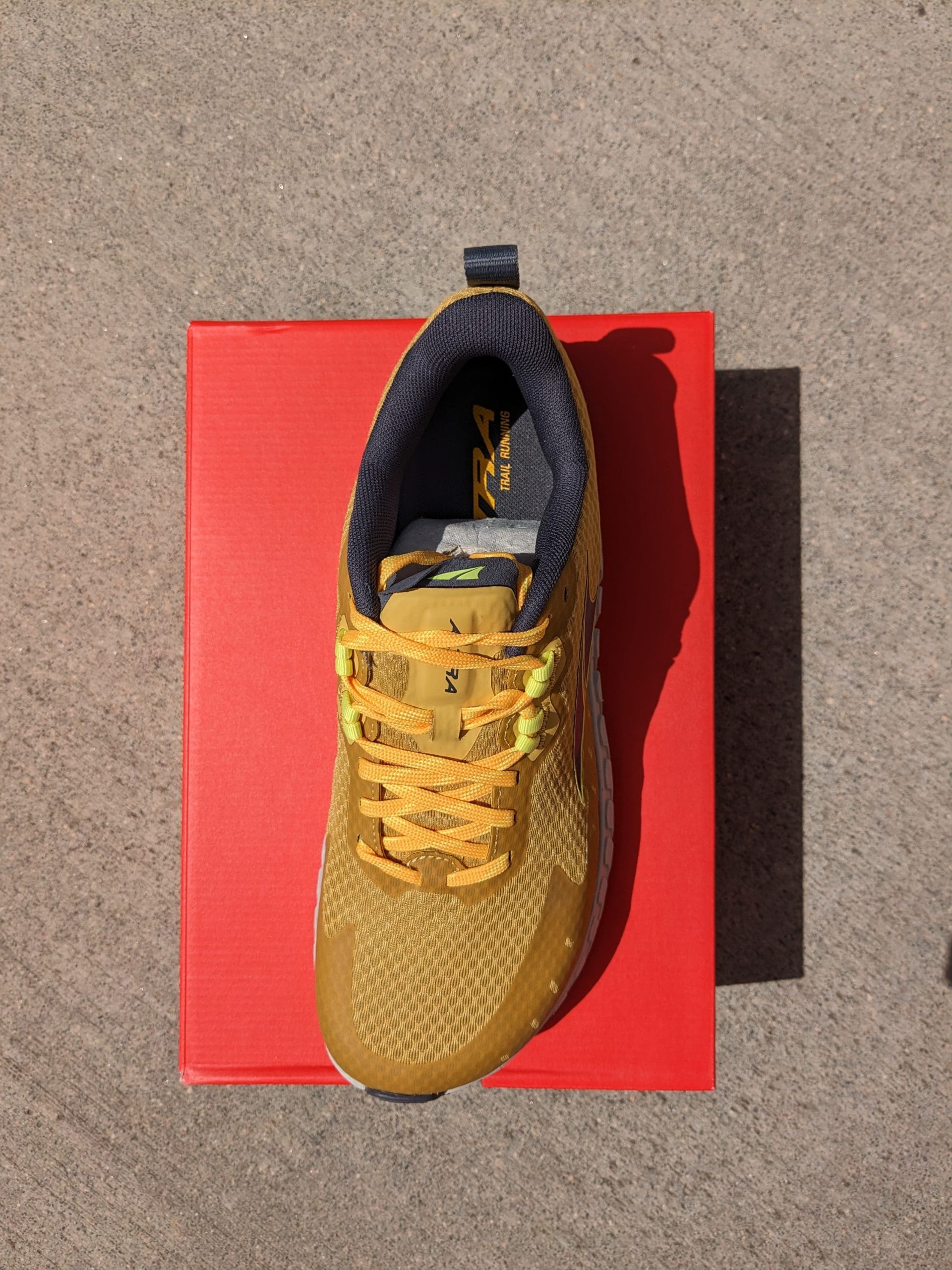
If you’re looking for a specific fit through the midfoot, you may want to check out Altra’s 3 different fit systems. Original, Standard, and Slim. Original being the widest and Slim being the narrowest.
Although I’d advise that you take these fits with a pinch of salt. I can fit in some of the widest and slimmest Altra ranges and still enjoy the ride without any foot issues.
Just try them out.
Find out more about the Altra fit system in my dedicated post.
Escalante 3
Type: Road
Width: Wide
Stack height: 24mm
Weight: 9.3oz / 263g
The closet to barefoot you can get in Altra shoes. Read the Full Review
Here’s another big differentiator for Altra.
Zero-Drop.
What is zero-drop?
It’s where your heel is at the same level as your forefoot. Like if you were standing barefoot on pavement, there’s no slope (or drop) when you wear zero-drop shoes.
Over the years, the running shoe and fashion industry started introducing a heel or elevating the heel above the forefoot. But it’s unclear why they took on this design.
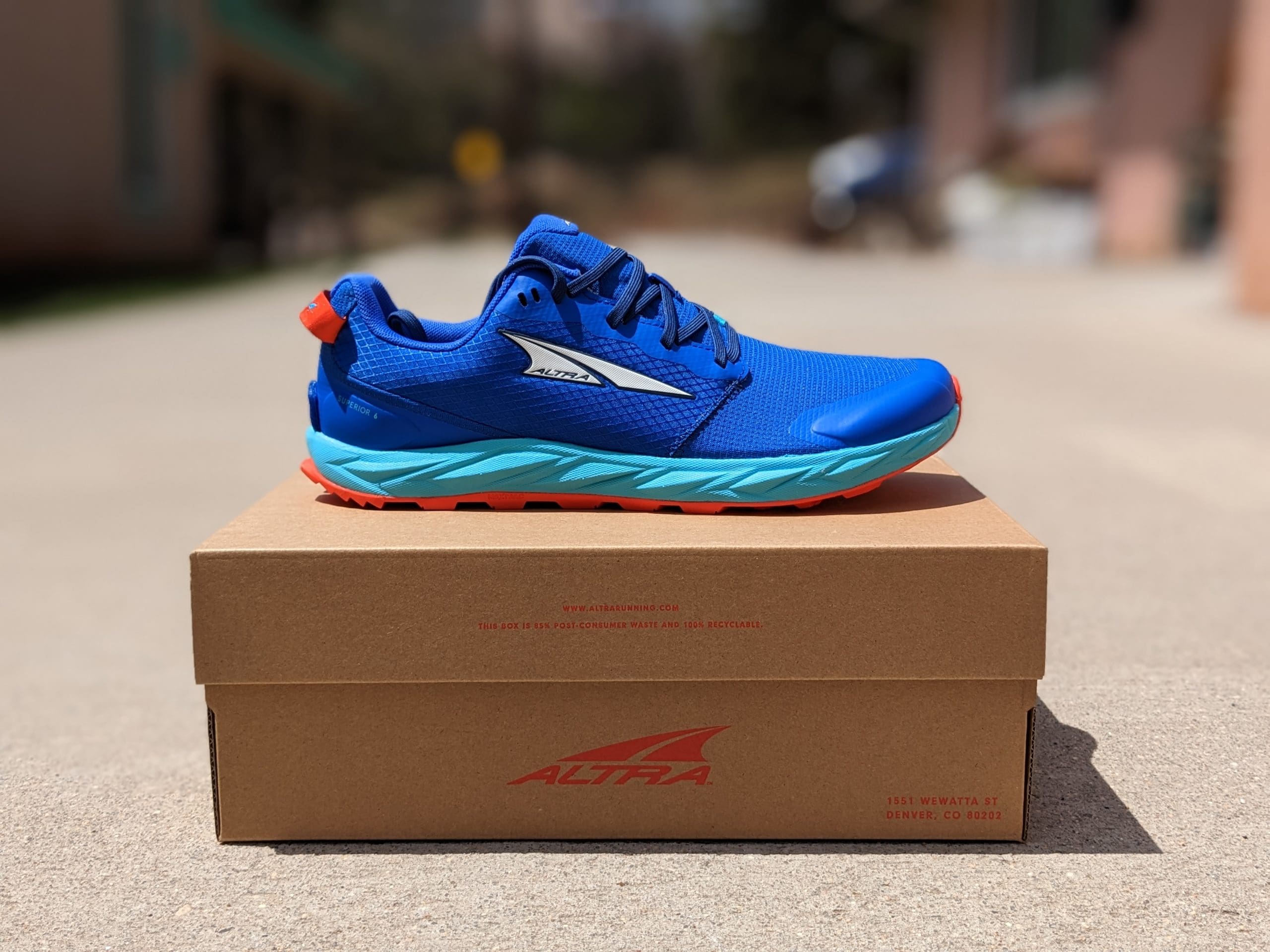
There’s much debate about whether drop has been detrimental to our bodies, but I’ll save the argument for another post.
But we do know that a high heel drop (the heel is higher than the forefoot) makes it easier for a runner to heel strike, which doesn’t mean it’s detrimental, but it also hasn’t been proven beneficial.
Nike predominantly has a heel drop of +8mm, which is significant.
In contrast, Altra is 0mm.
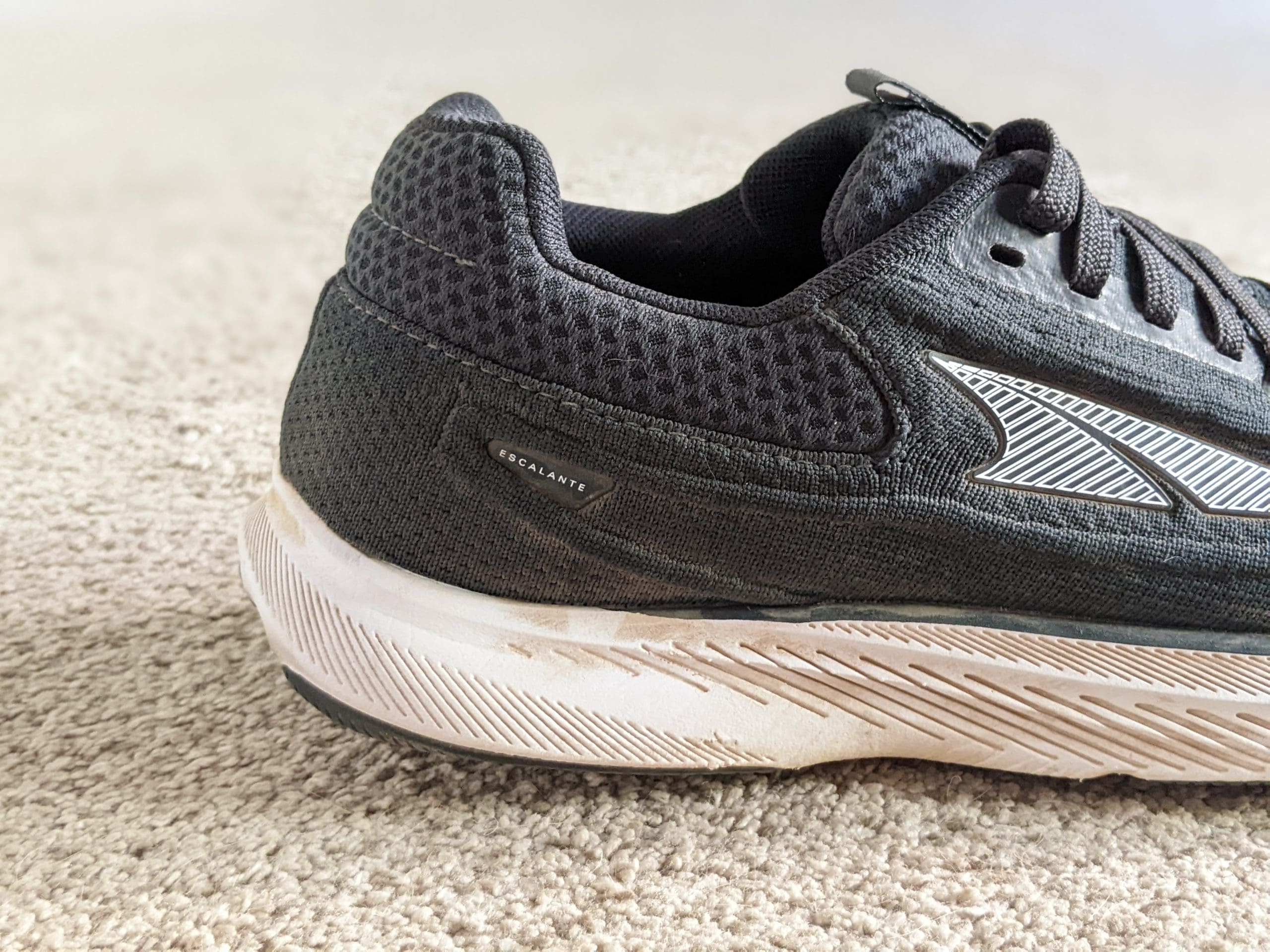
Running in zero-drop encourages you towards a barefoot running gait. Landing midfoot or forefoot first and using your foot, ankle, and lower leg reduces the forces higher up in the knees and hips.
It’s not a given though. If you’re a habitual heel striker, it’s still 100% possible that you will continue to heel strike in an Altra.
That’s why I’d suggest trying a little barefoot running to regain your natural movement style first. You can learn more about barefoot and my shoe choice philosophy here.
Superior 6
Type: Trail
Width: Wide
Stack height: 21mm
Weight: 9.5 oz/ 270 g
The most minimal trail runner from Altra and a favorite alternative for barefoot runners. Read the Full Review
If lightweight is your thing, Nike will win the show.
In recent years, Nike has invested a lot of money to get the midsole foam and upper materials as light as possible.
And there’s a good reason for that.
Every extra gram on your foot reduces running efficiency.
So opting for a lighter shoe is logical unless it falls apart after 10 miles.
Some Nike models, like the Zoom Streakfly comes in at just under 6oz (190g). Whereas the lightest Altra, the Vanish Carbon, is 7.3oz (206g).
Most Altra models trend towards 10oz (283g), which is heavier than I’d like.
With this in mind, if you’re looking for a racing shoe, look for the lighter options, which may be a Nike. Another option could be minimal shoes, often in the 6oz range.
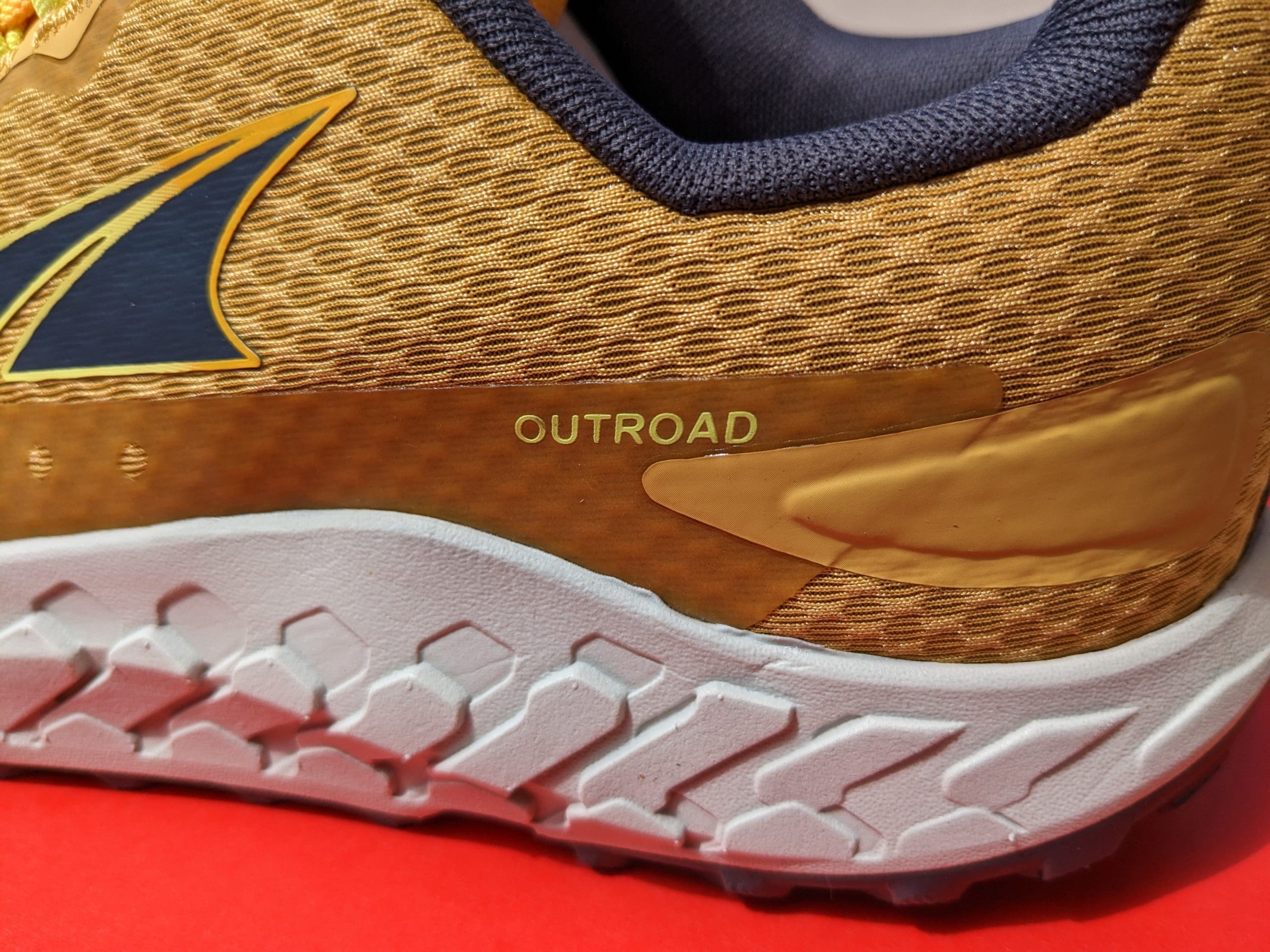
Midsole Foam (Cushion)
We’ve all heard about the new super foams Nike uses. And you may have heard of PEBA foams or TPUs, which are all new lightweight foams that are soft yet resilient.
In this case, Altra is stuck in the past and still manufacturing with plain old EVA, a foam used in the shoe industry for decades and generally heavier.
There’s nothing inherently wrong with EVA, it’s a tried and tested product, but it does tip the scale in the wrong direction. And some compounds of EVA can break down fast.
Conversely, Nike has been pushing the boundaries with lighter and more bouncy foams.
But this is my time to insert another plug for barefoot/minimal shoes. Ask yourself a simple question.

Why do we even need foams underfoot?
Placing any cushion under your foot will cause energy loss (cough cough… the best energy return is no foam at all).
The only argument I’ve been able to get on board with is that adding more foam (stack height) allows for a longer stride. And a longer stride equals faster times!
Why do you think the new super shoes getting taller and taller?
Altra opts for stack heights anywhere between 21-33mm, which is still high, but doesn’t touch the range of the 40mm Nike Alphaflys.
So what’s better?
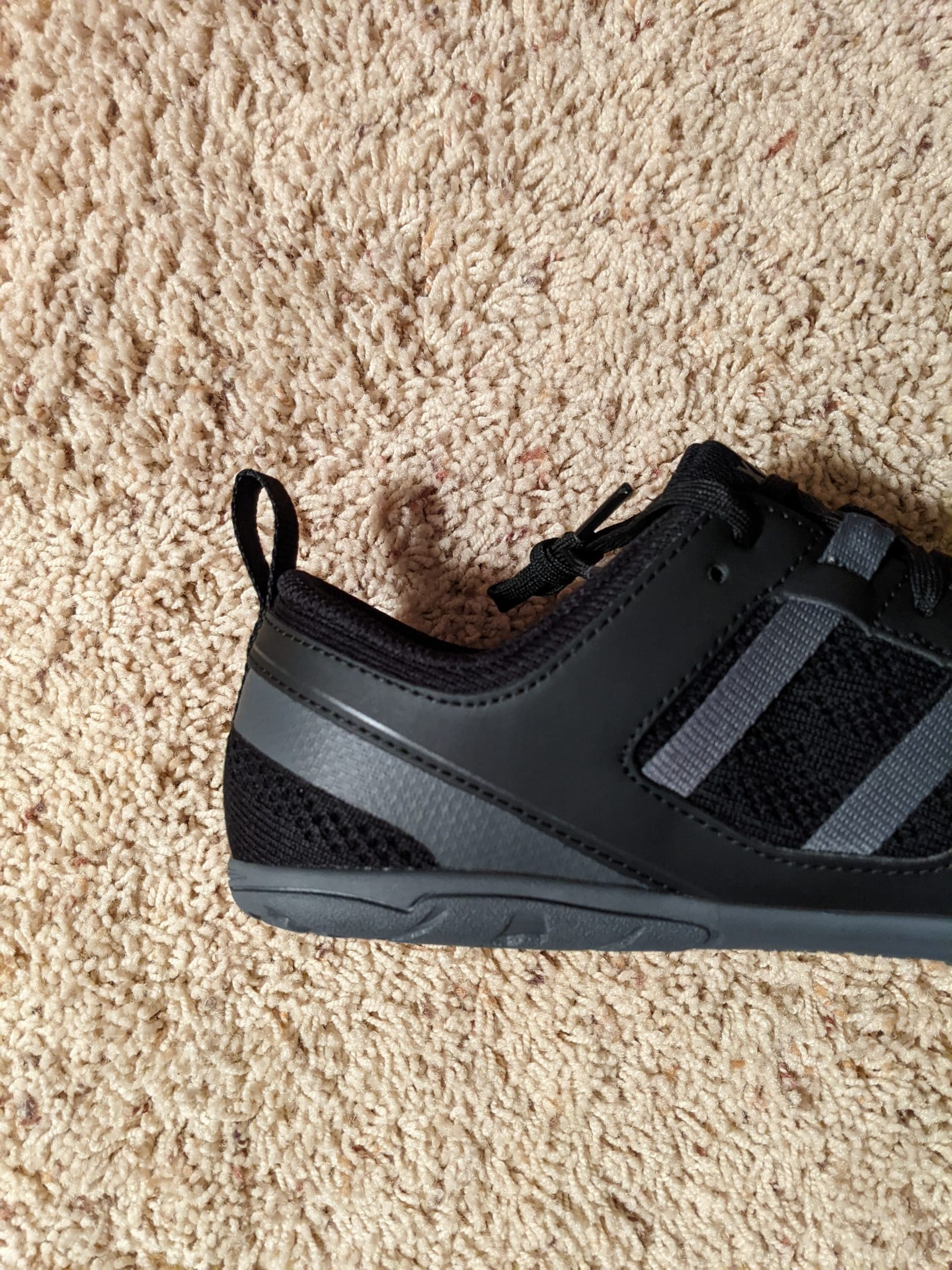
Why more cushion doesn’t reduce impact forces
There’s a simple question when it comes to high stack shoes.
Are you looking for faster times? Or potential injuries due to running on stilts!? Sarcasm.
Why am I so against these high-stack height shoes?
There’s a dark side to more cushion.
You may think adding more cushion softens the blow on your feet, knees, and hips, but the exact opposite can be true.
It’s been shown that the higher the stack height, the greater the impact forces.
And through my experiments, I’ve found the same to be true. In my Escalante 3.0 review, I compare this 24mm shoe with a 4mm minimal shoe. And the differences are obvious.
So there’s a balance to be had. The more minimal you go, the more stress you put on the lower legs and feet. The higher you go, the greater the forces you’ll send through your knees and upper legs.
Xero Shoes HFS
Type: Road
Width: Average
Stack height: 5mm rubber outsole + 3.5mm removable insole
Weight: 6.8oz / 193g
Flexible in every direction. My daily road running trainer. Read the full Review
Altra has long been plagued with poor production quality and breaking down materials. But for the most part, the models from the last few years have lasted much longer.
Nike, on the other hand, has been going the other way!
Because of Nike’s quest to become lighter and faster, some super shoes are not even getting to 150 miles without seeing significant wear.
When we have concerns about sustainability in the running industry, this is not the direction shoe companies should be moving!
Because of that, if you’re purchasing Nikes, please look towards their durable daily trainers like the Pegasus.
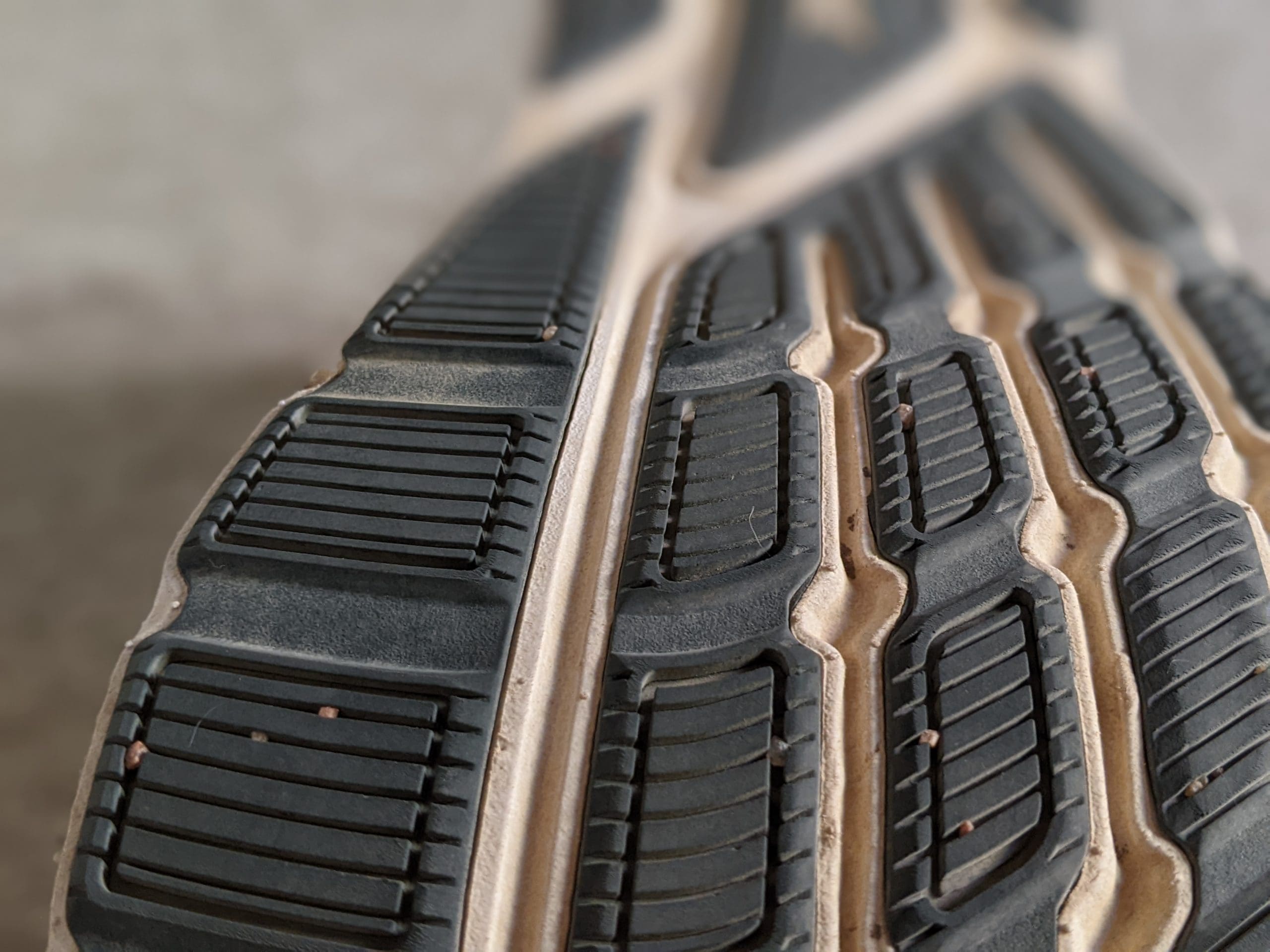
I expect newer Altras such as Escalante 3, Lone Peak 7, and Rivera 3 to last up to at least the 500-mile range. And that’s thanks to an improved design and production quality.
But we still see issues from older plagued models, such as the Escalante Racer, and newer models chasing the fast times, like the Vanish Carbon.
So a general rule of thumb is to avoid the “race-ready” shoes in both brands, and you’ll do okay.
Lone Peak 7
Type: Trail
Width: Wide
Stack height: 25mm
Weight: 11oz / 314g
The original wide, zero-drop aggressive trail shoe. Read the Full Review
You may have been able to tell that I’m a little biased. I’m primarily a minimal/barefoot runner, after all.
I’m going to choose Altra’s any day of the week.
Nike’s pushing the industry in many areas of shoe design, but I fear some areas are plain wrong.
- A completely misshapen toe box
- An unnatural heel drop
- Stack heights verging on ridiculous
Altra is at least sticking to their guns on some of these points. Some of the shoes’ stack height is still questionable, but we can at least opt for the lower stack height options in the Altra range.
If you want to purchase your first Altras, here are a few reviews to get you going, with my personal favorites being the Escalantes and Superiors.
